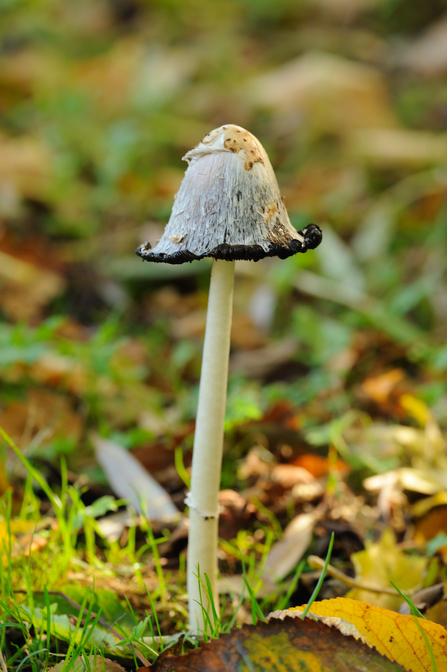Fungi has been around for decades and it has certainly made an impression over time!
Their relation with mythical creatures is clear in some species names. Fairy rings got their name from an ancient belief that the rings were created by pixies and witches. Some believe the rings symbolised a place where fairies, pixies or elves danced in the woods. Others believe that they were a portal between the fairy world and the human world. Most cultures considered them dangerous places for humans, and warned that anyone entering a fairy ring was likely to die young and would either become invisible, become trapped inside the ring, or be transported to the fairy world.


